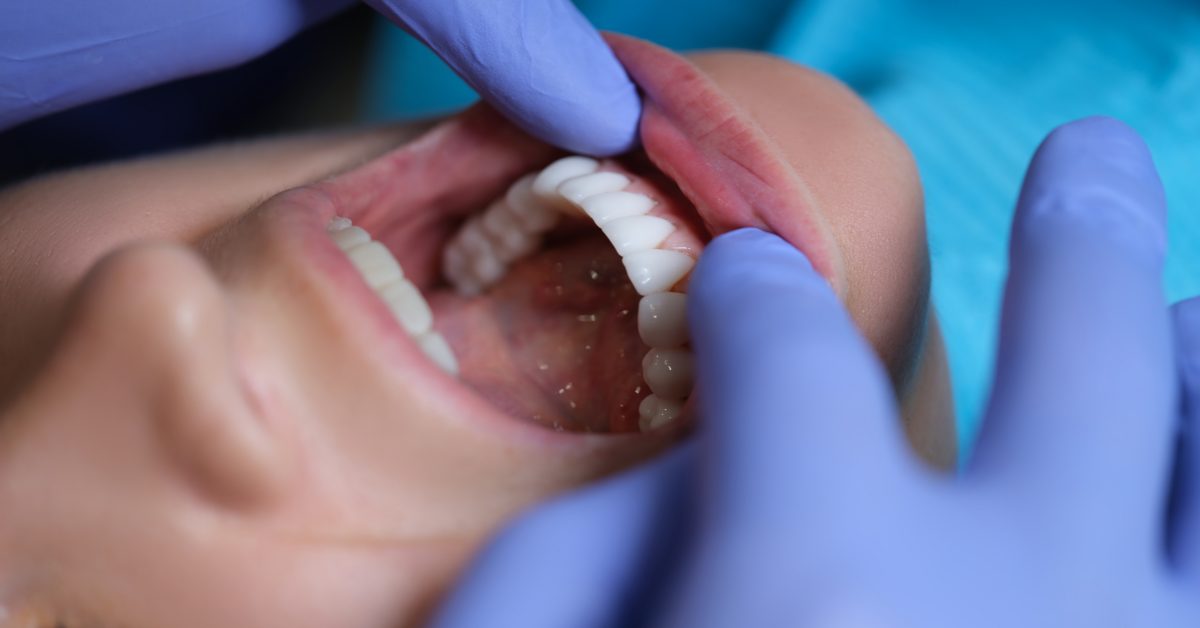Like a sculptor shaping clay, you can transform your smile using composite bonding. It’s a simple, non-invasive technique that’s breathing new life into the art of smile makeovers.
In this article, you’ll dive into the world of composite bonding, understand its benefits over traditional methods, and learn how to maintain your new smile.
Let’s start your journey to a confident, radiant smile that you’ll be proud to show off.
Key Takeaways
– Composite bonding is a non-invasive dental procedure that enhances the appearance of teeth using tooth-coloured composite resin.
– Smile makeovers improve oral health, boost self-esteem, and have a positive emotional impact.
– Composite bonding offers a more aesthetic result compared to traditional methods, with shorter treatment duration and no visible metal components.
– Maintaining oral hygiene, avoiding staining foods and drinks, quitting smoking, and regular dental check-ups are essential for maintaining composite bonding.
Understanding Composite Bonding
Let’s dive right into understanding what composite bonding is and how it can transform your smile. In a nutshell, composite bonding is a cosmetic dental procedure that can repair or improve the appearance of your teeth. The procedure involves applying a tooth-coloured composite resin to your teeth to enhance their aesthetics.
Now, let’s talk about your bonding materials choices. The most common is the aforementioned composite resin. This material is favoured for its durability and adaptability. It can be shaped and polished to match your natural teeth, making it an excellent choice for a seamless smile makeover.
You might be wondering about composite longevity. Well, the lifespan of composite bonding largely depends on your oral hygiene habits and the location of the bonded teeth. On average, composite bonding can last anywhere from 5 to 10 years, or even longer with proper care.
Remember, though, that while composite bonding can dramatically improve your smile, it’s not a one-size-fits-all solution. It’s important to consult with your dentist to determine the best approach for your specific needs.
With the right care and maintenance, composite bonding can offer an effective, long-lasting solution for a more confident, radiant smile.
Benefits of Smile Makeovers
With a smile makeover, you’ll not only experience aesthetic improvements but also reap significant health and psychological benefits. These benefits often far outweigh the smile makeover costs and provide a long-term investment in your overall well-being.
Health Benefits
– Improved Oral Health: Smile makeovers often involve procedures that improve your oral health, like fixing misaligned teeth and treating gum diseases.
– Prevents Future Dental Issues: The proactive nature of smile makeovers helps prevent potential future dental problems, saving you from discomfort and additional costs down the line.
Psychological Benefits
– Boosts Self-Esteem: A beautiful smile improves your confidence, positively influencing your social and professional interactions.
– Positive Emotional Impact: The satisfaction of having an attractive smile has a profound emotional impact, enhancing your mood and overall outlook on life.
Composite Bonding Vs. Traditional Methods
Transitioning from the overarching benefits of smile makeovers, your understanding of the process won’t be complete without delving into the comparison of composite bonding and traditional methods. In this comparison, the choice of bonding materials and the treatment duration are key factors that distinguish these two methods.
Composite bonding employs a tooth-coloured resin, a modern bonding material that blends seamlessly with your natural teeth. This method allows for a more aesthetic result compared to traditional methods, which often use noticeable metal materials. In addition, composite bonding can typically be completed in a single visit, reducing treatment duration significantly.
Traditional methods, on the other hand, often require multiple visits and longer treatment durations. These methods might involve lab-fabricated restorations that necessitate more time for the preparation and fitting processes. Despite their longevity, they may compromise aesthetics due to visible metal components.
The Process of Composite Bonding
Now that you’ve weighed up the differences between composite bonding and traditional methods, it’s time to dive into the actual process of composite bonding. This process involves several steps:
– Bonding materials selection: A tooth-coloured composite resin material is chosen to match the shade of your natural teeth. This ensures a seamless blend that’s virtually undetectable.
– Anesthesia: Before the composite bonding material is applied, a local anaesthesia is usually administered to numb the area. However, anaesthesia may not be necessary unless the tooth’s decay needs to be drilled out.
– Aftercare tips: Once the bonding process is complete, you need to take particular care of your newly bonded teeth.
– Regular brushing and flossing: Just like your natural teeth, bonded teeth need to be brushed twice a day and flossed regularly.
– Avoiding certain foods: You should avoid hard food and candy that can chip the bonding material.
Maintaining Your New Smile
After getting your teeth beautifully transformed through composite bonding, it’s crucial that you know how to maintain this new, radiant smile. Post-treatment care isn’t something to be taken lightly. It’s the difference between a smile that lasts years and one that fades quickly.
First and foremost, you need to understand the importance of oral hygiene. Brushing twice a day, flossing regularly, and visiting your dentist for regular check-ups should be part of your routine. This not only keeps your natural teeth healthy but also ensures the longevity of your composite bonding.
Avoid consuming food and drinks that can stain your teeth, such as coffee, tea, and red wine. If you can’t resist, make sure to rinse your mouth immediately afterwards. Smoking is another factor that can negatively affect your bonding. Therefore, it’s advisable that you quit this habit.
Composite bonding isn’t invincible. Avoid biting on hard foods or objects that could potentially chip or break your bonding. Attend regular dental check-ups so that your dentist can assess the condition of your composite bonding and make necessary adjustments or repairs.
Maintaining your new smile isn’t a herculean task. With proper oral hygiene and post-treatment care, your smile will continue to shine brightly for years to come.
Frequently Asked Questions
What Is the Cost of Composite Bonding Compared to Other Smile Makeover Procedures?
Composite bonding’s cost varies, but it’s generally less expensive than other smile makeover procedures. However, your insurance coverage and financing options can significantly influence the final price you’ll pay for this dental treatment.
Can Composite Bonding Be Done on All Types of Teeth Conditions?
Yes, you can use composite bonding on most teeth conditions. However, its effectiveness relies on the quality of your teeth and the bonding materials used. Proper aftercare is also crucial for long-lasting results.
How Long Does the Composite Bonding Procedure Generally Take?
Though it varies, typically, your composite bonding procedure won’t take more than an hour per tooth. You’ll spend minimal time in procedure preparation and post-procedure care, yet the transformation will leave a lasting impression.
Are There Any Potential Side Effects or Risks Associated With Composite Bonding?
Yes, there are potential risks with composite bonding. You may experience bonding material allergies. Also, improper post-procedure care can lead to issues like chipping or staining. Always follow your dentist’s care instructions.
Is Composite Bonding a Permanent Solution or Will It Need to Be Repeated Over Time?
Composite bonding isn’t a permanent solution. You’ll need bonding maintenance over time due to composite durability issues. Like most dental procedures, it doesn’t last forever and will require occasional replacements or repairs.
Conclusion
In conclusion, you’ve now unlocked the secrets of composite bonding, a key player in smile makeovers. Remember, nearly 33% of Americans are unhappy with their smile, meaning you’re not alone in seeking improvement.
With its benefits over traditional methods, composite bonding could be your ticket to a dazzling smile. Follow the necessary steps in maintenance, and you’ll enjoy a confident, radiant smile that can truly transform your life.





